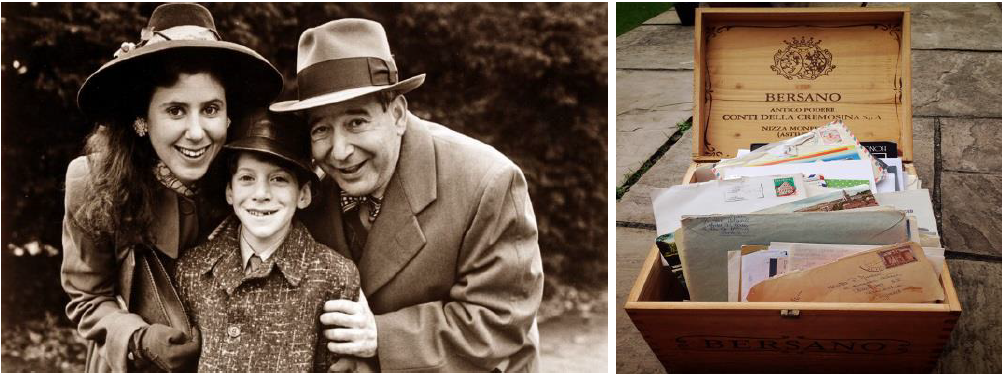Introduction to Irish Family & Social History, Week 1

Introduction
Over time we all accumulate documents, letters, photos – the detritus of everyday life.
There’s probably a lot of evidence in your own home, that can be used in your family history.
In the first lock-down, there seemed to be a national ‘clear-out’ of our homes:
“photo sorting, the purging of old files, the delving into storage trunks, the wonderment at some of the things found there – why did I save that, and what exactly is it? – or the reading of letters from boyfriends long gone now, or bald.” - Margaret Atwood
Some of the main evidence you may find in your own home includes:
• Personal paperwork
• Photo Albums
• Personal letters & Post cards
• Artefacts and heirlooms
Personal paperwork
One of the features of modern life is a huge increase in personal administration. We all have personal papers at home, civil records (births, marriages and deaths), wills, and house deeds.
Civil records are also an acceptable form of I.D. They are the easiest of all records to find and interpret, and the building blocks of family history.
Civil registration of births, marriages and deaths of all people in Ireland started in 1864.
Civil registration of non-Catholic marriages began in April 1845.
In 1922 when the island was partitioned, a separate registration system was established for N Ireland. www.nidirect.gov.uk/services/go-groni-online
The historic records are published online on www.irishgenealogy.ie
There is a cut-off date for records to protect the privacy of living people.
Keepsakes and artefacts
A keepsake is a small item we keep, to remember the person who originally owned it, or gave it. It has a sentimental but (as a general rule) no monetary value. Artefacts are objects made or shaped by a human hand. Artefacts often have an intrinsic value.
In class we looked at a range of keepsakes and artefacts.
Common keepsakes include memorial or mass cards; a child’s first shoe; a man’s ‘button-hole’ from his wedding day.
Artefacts can vary from a piece of jewellery or furniture, to trench-art, medals.
Keepsakes and artefacts often have a story attached. They are sometimes ‘material evidence’ that the story actually happened.
The Military History Archives of the Irish Defence Force has published a new booklet, and an online data-base of medals issued for service 1916-23.
Personal letters and postcards
Nowadays, written communication is almost exclusively by texting and emails.
Collections of old letters are increasingly rare. Most letters and postcards were thrown away after they were read. Letters are an excellent source for family history, and provide the ordinary person’s perspective.
Photographs
Photographs are some of our most prized personal possessions.
They don’t have a re-sale value, but they’re irreplaceable, if destroyed by fire or flood.
Different processes produced different types / formats of photograph.
Even if you don’t know the date a picture was taken, if you know what kind of a print it is, it will help you to date it to the decade.
One of the most common problems re: old photos, is that there’s no-one left alive to identify the people in the picture, and no identifying information on the back of the photo.
There’s a number of ‘photo-detectives’ services – the best is Jean Shrimpton. Send your photograph to Jayne at [email protected]
Read more: Irish Lives Remembered magazine is the magazine of the Irish Family History Centre @EPIC It’s a free online magazine published quarterly, the Spring 2021 edition is out now. www.irishlivesremembered.ie
History Ireland Magazine has a Family History column, Kindred Lines, written by tonight’s speaker.